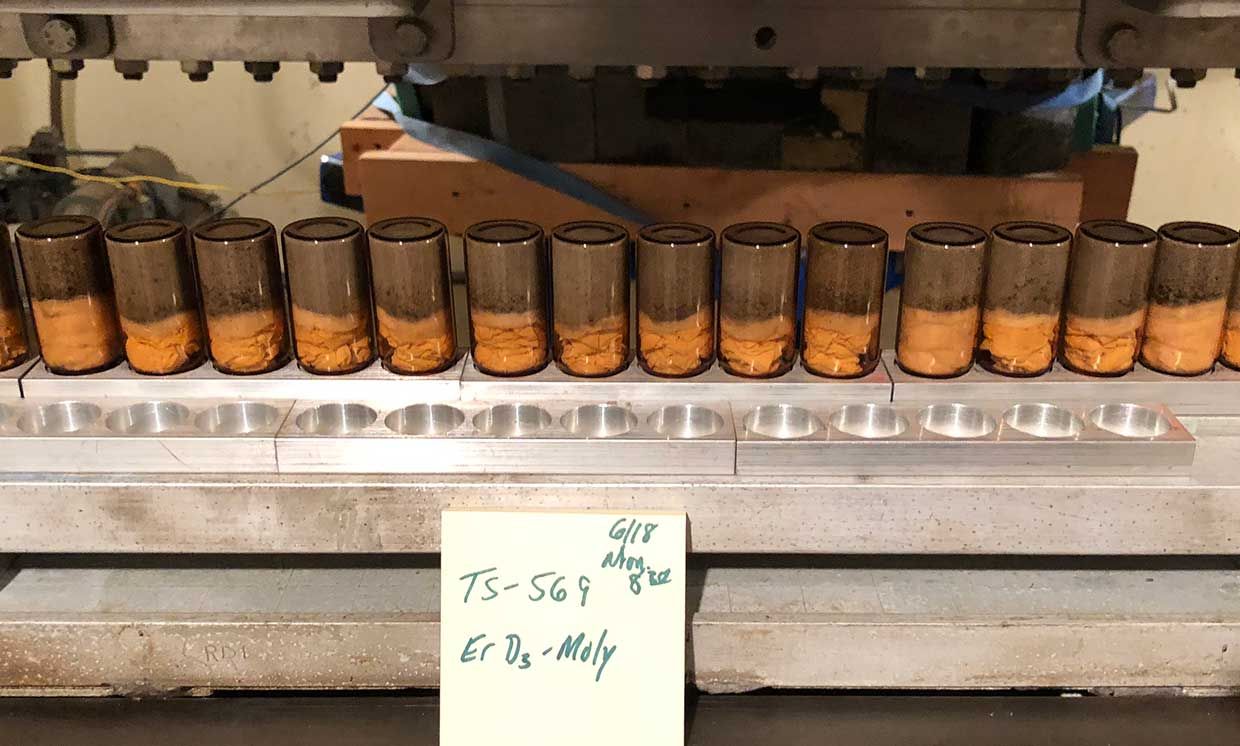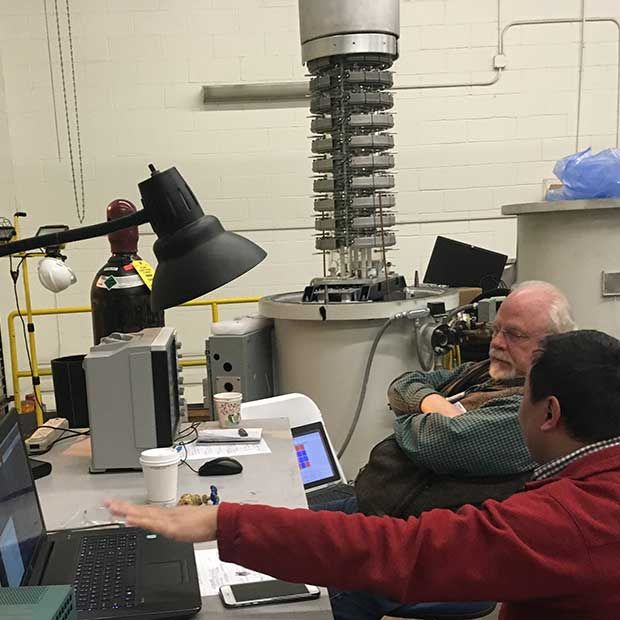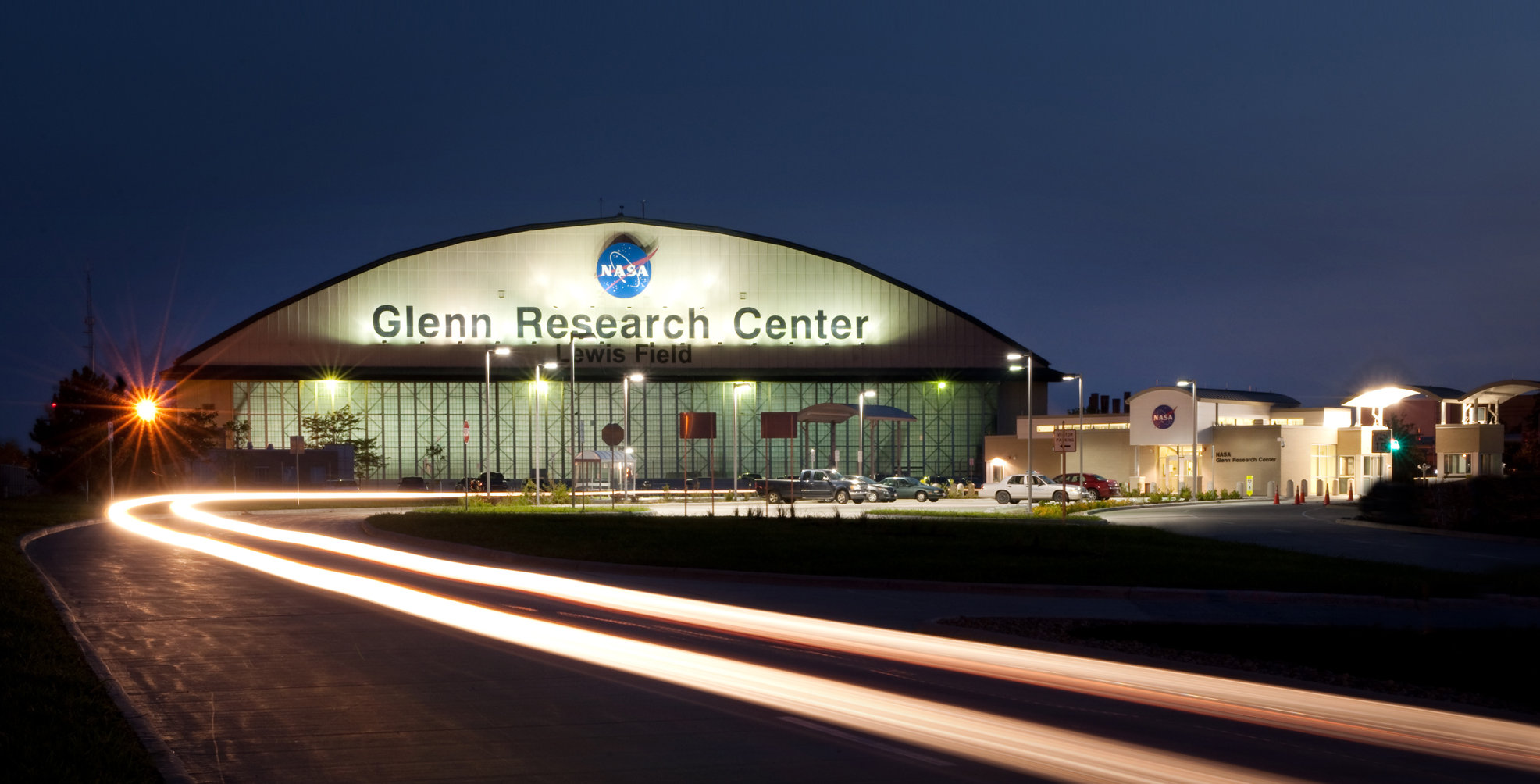
Nuclear fusion is hard to do. It requires extremely high densities and pressures to force the nuclei of elements like hydrogen and helium to overcome their natural inclination to repel each other. On Earth, fusion experiments typically require large, expensive equipment to pull off.
But researchers at NASA’s Glenn Research Center have now demonstrated a method of inducing nuclear fusion without building a massive stellarator or tokamak. In fact, all they needed was a bit of metal, some hydrogen, and an electron accelerator.
“Lattice confinement” refers to the lattice structure formed by the atoms making up a piece of solid metal. The NASA group used samples of erbium and titanium for their experiments. Under high pressure, a sample was “loaded” with deuterium gas, an isotope of hydrogen with one proton and one neutron. The metal confines the deuterium nuclei, called deuterons, until it’s time for fusion.
“During the loading process, the metal lattice starts breaking apart in order to hold the deuterium gas,” says Theresa Benyo, an analytical physicist and nuclear diagnostics lead on the project. “The result is more like a powder.” At that point, the metal is ready for the next step: overcoming the mutual electrostatic repulsion between the positively-charged deuteron nuclei, the so-called Coulomb barrier.

To overcome that barrier requires a sequence of particle collisions. First, an electron accelerator speeds up and slams electrons into a nearby target made of tungsten. The collision between beam and target creates high-energy photons, just like in a conventional X-ray machine. The photons are focused and directed into the deuteron-loaded erbium or titanium sample. When a photon hits a deuteron within the metal, it splits it apart into an energetic proton and neutron. Then the neutron collides with another deuteron, accelerating it.
At the end of this process of collisions and interactions, you’re left with a deuteron that’s moving with enough energy to overcome the Coulomb barrier and fuse with another deuteron in the lattice.
Key to this process is an effect called electron screening, or the shielding effect. Even with very energetic deuterons hurtling around, the Coulomb barrier can still be enough to prevent fusion. But the lattice helps again. “The electrons in the metal lattice form a screen around the stationary deuteron,” says Benyo. The electrons’ negative charge shields the energetic deuteron from the repulsive effects of the target deuteron’s positive charge until the nuclei are very close, maximizing the amount of energy that can be used to fuse.
Aside from deuteron-deuteron fusion, the NASA group found evidence of what are known as Oppenheimer-Phillips stripping reactions. Sometimes, rather than fusing with another deuteron, the energetic deuteron would collide with one of lattice’s metal atoms, either creating an isotope or converting the atom to a new element. The team found that both fusion and stripping reactions produced useable energy.
“What we did was not cold fusion,” says Lawrence Forsley, a senior lead experimental physicist for the project. Cold fusion, the idea that fusion can occur at relatively low energies in room-temperature materials, is viewed with skepticism by the vast majority of physicists. Forsley stresses this is hot fusion, but “We’ve come up with a new way of driving it.”

“Lattice confinement fusion initially has lower temperatures and pressures” than something like a tokamak, says Benyo. But “where the actual deuteron-deuteron fusion takes place is in these very hot, energetic locations.” Benyo says that when she would handle samples after an experiment, they were very warm. That warmth is partially from the fusion, but the energetic photons initiating the process also contribute heat.
Benyo says that the ultimate goal is still to be able to power a deep-space mission with lattice confinement fusion. Power, space, and weight are all at a premium on a spacecraft, and this method of fusion offers a potentially reliable source for craft operating in places where solar panels may not be useable, for example. And of course, what works in space could be used on Earth.










